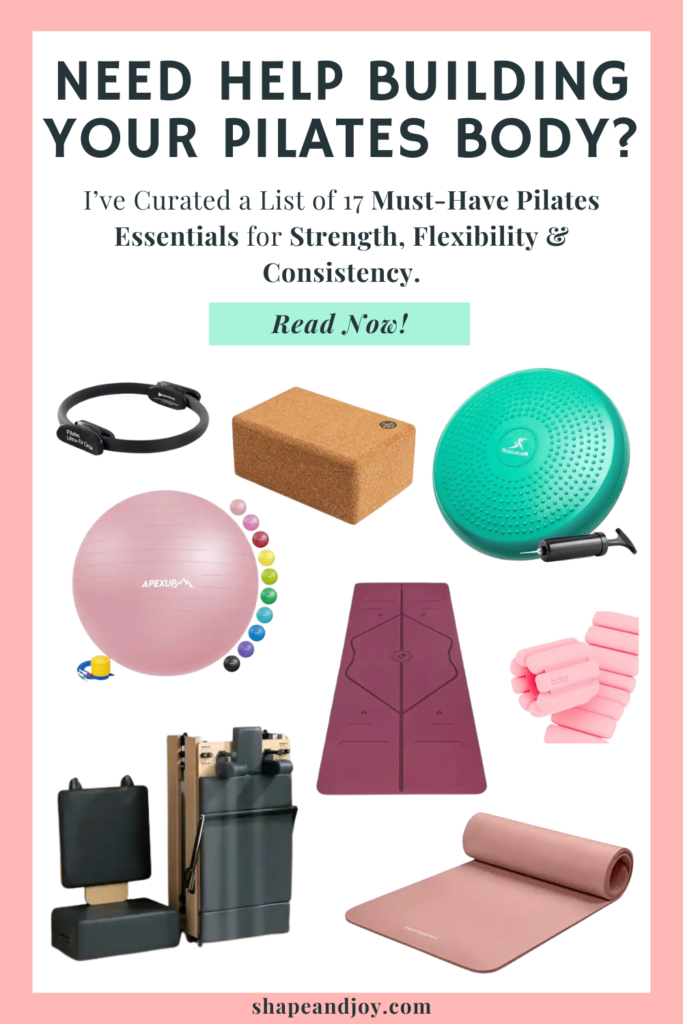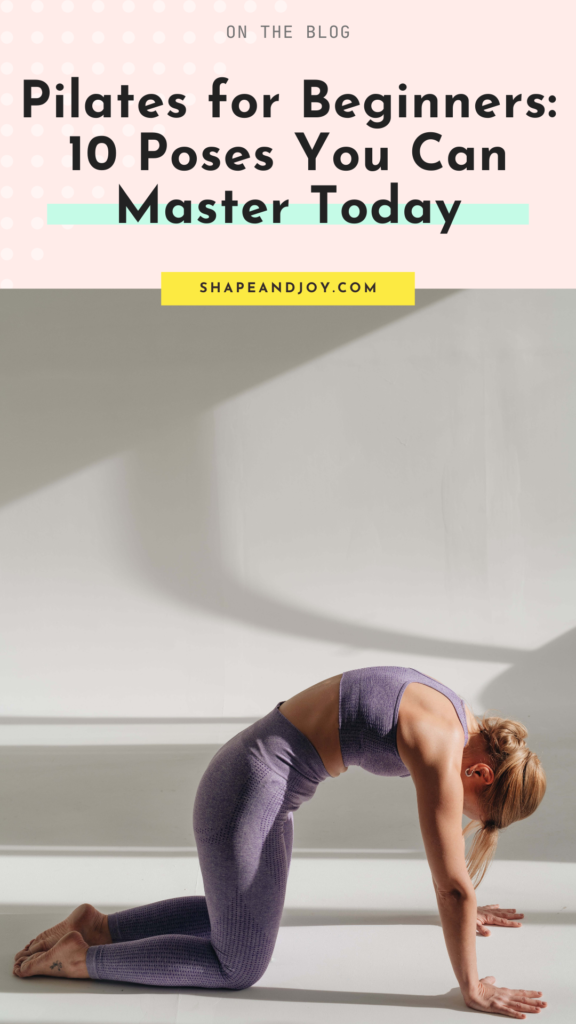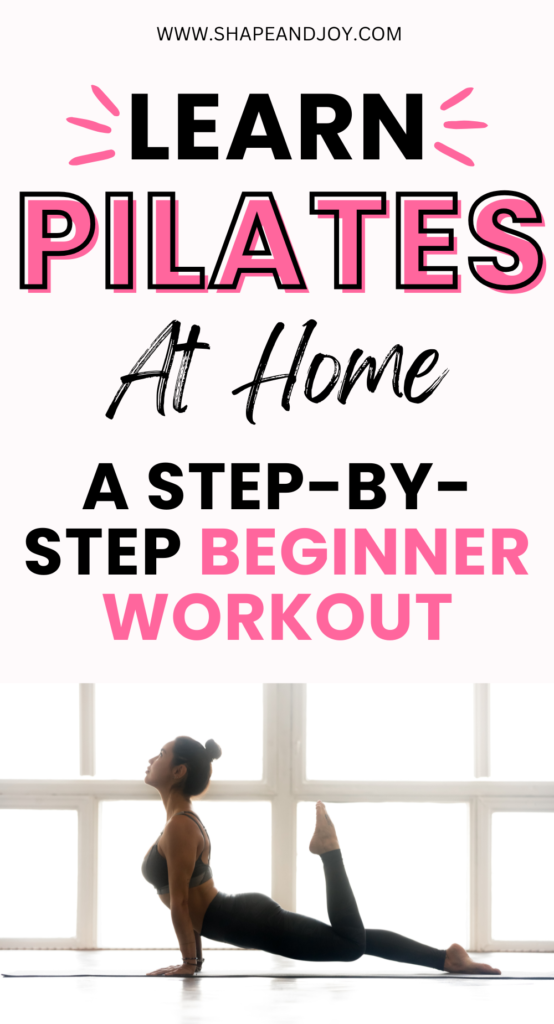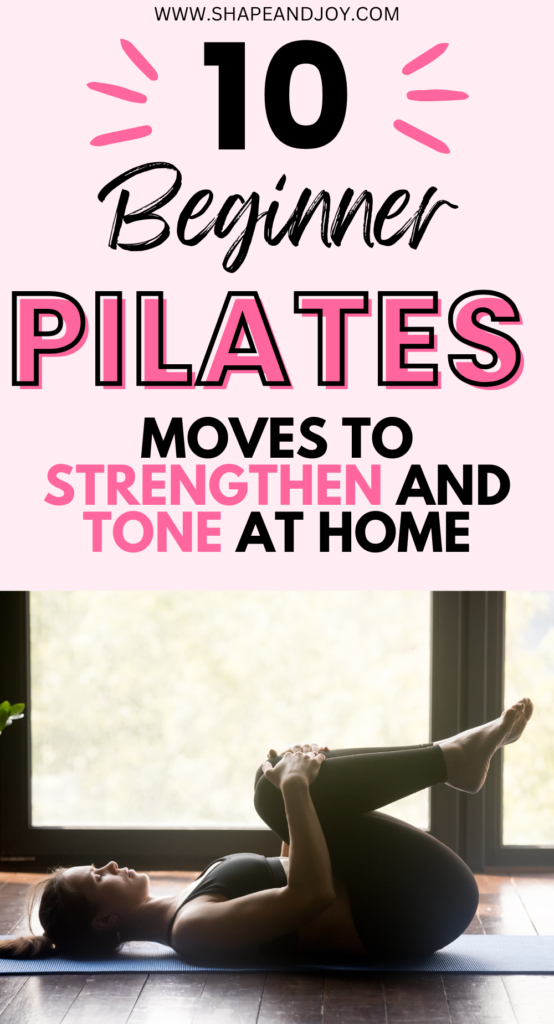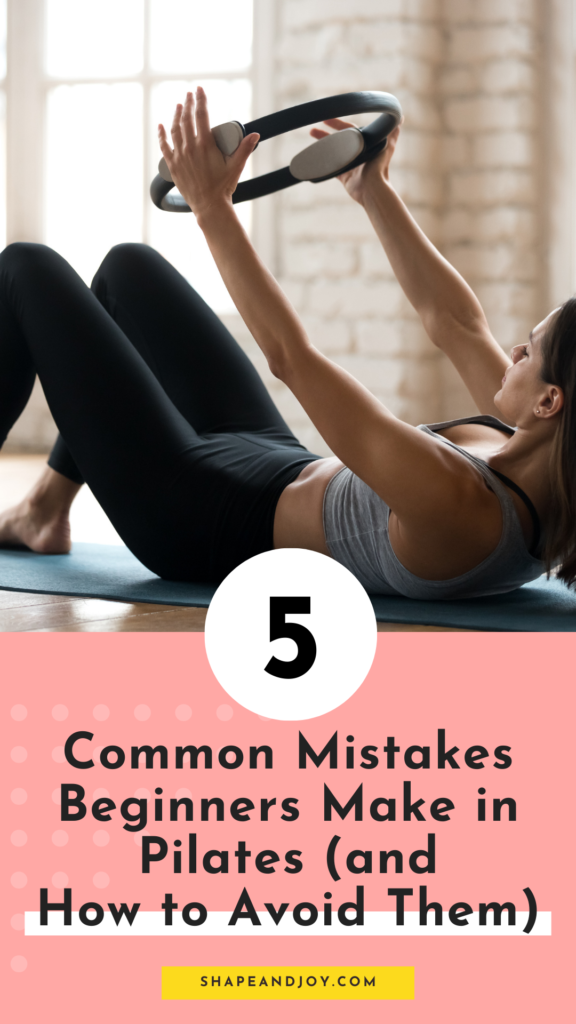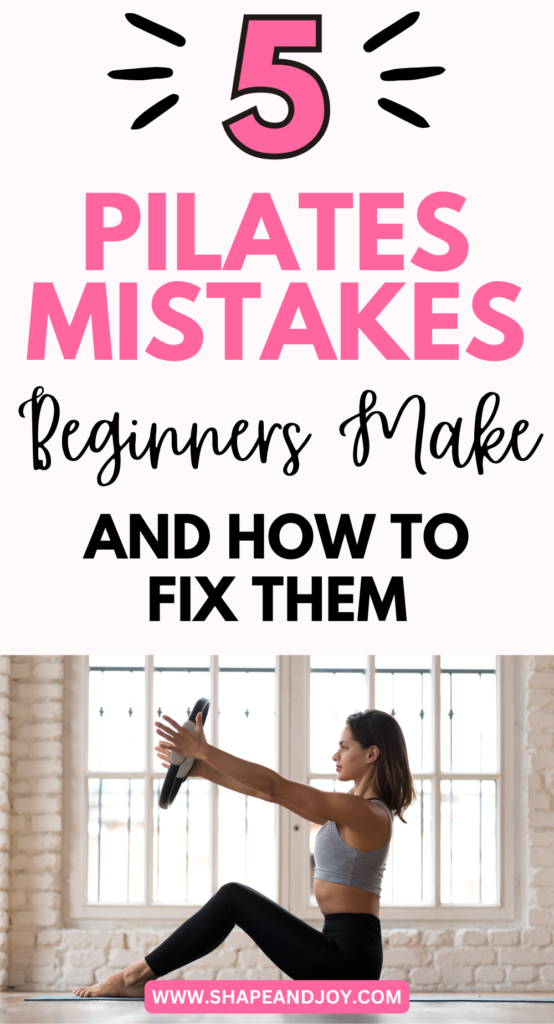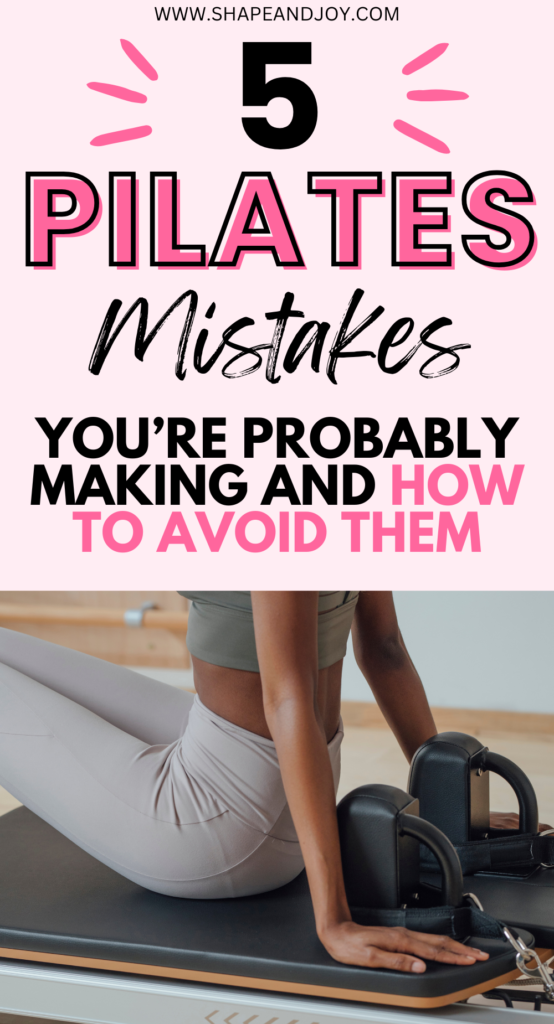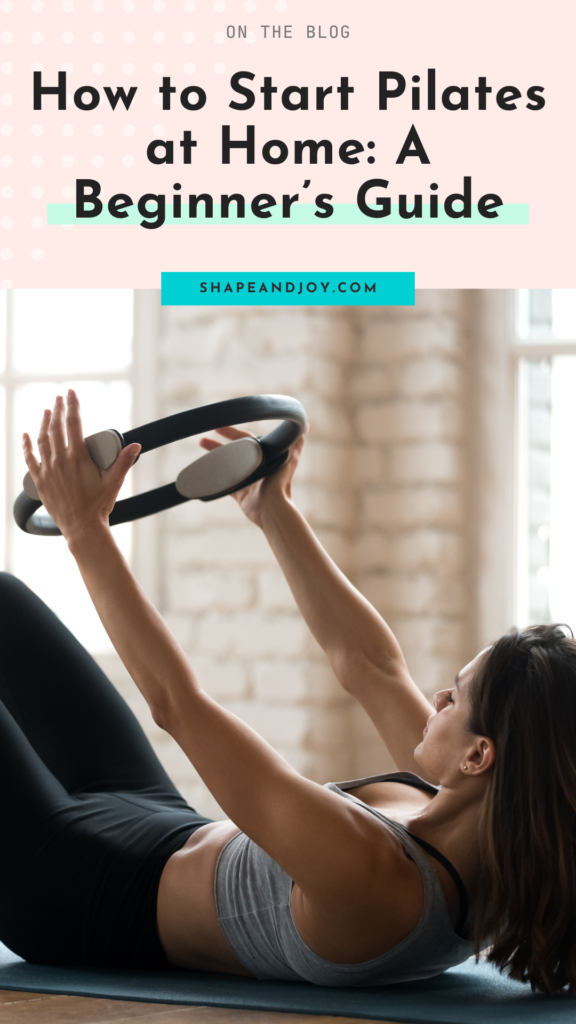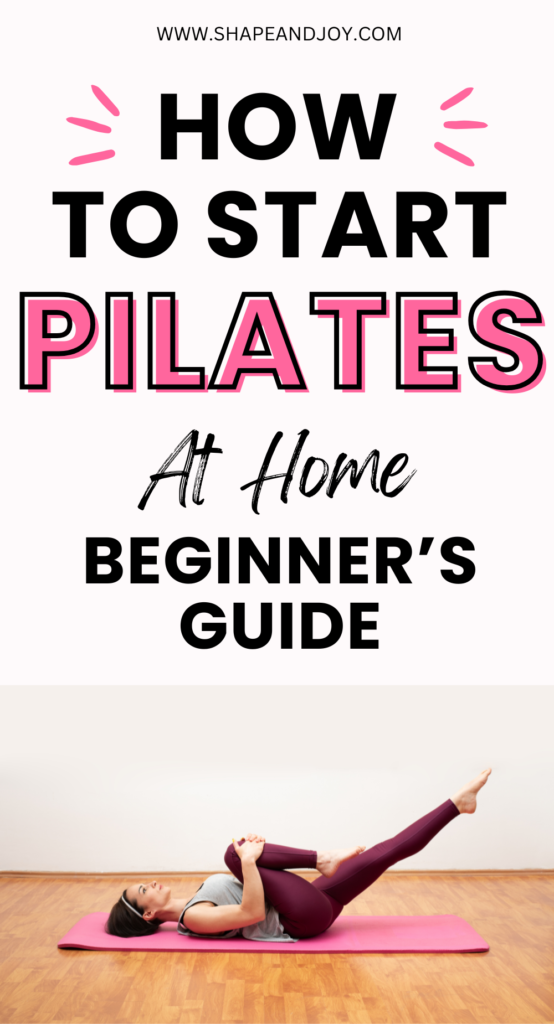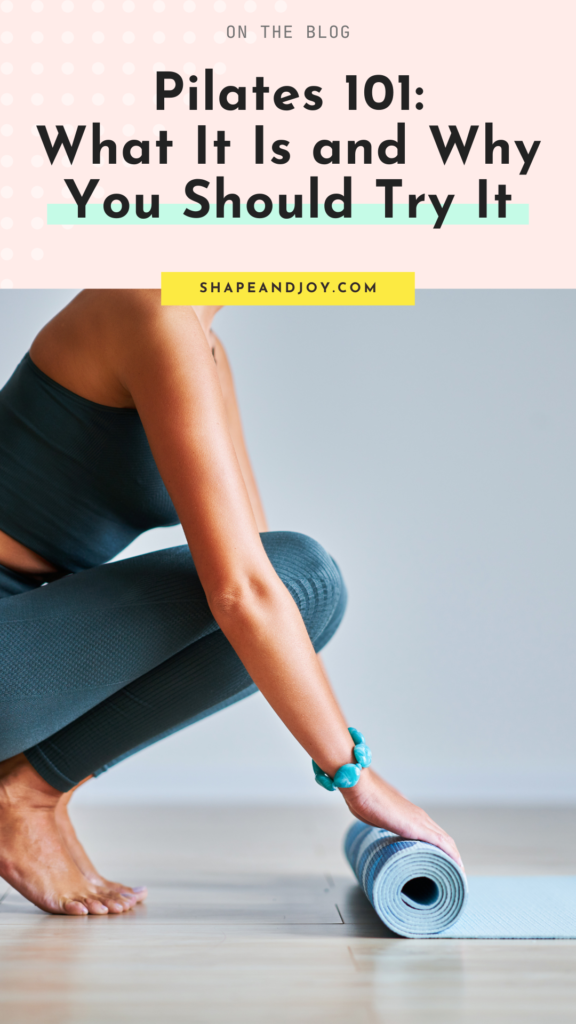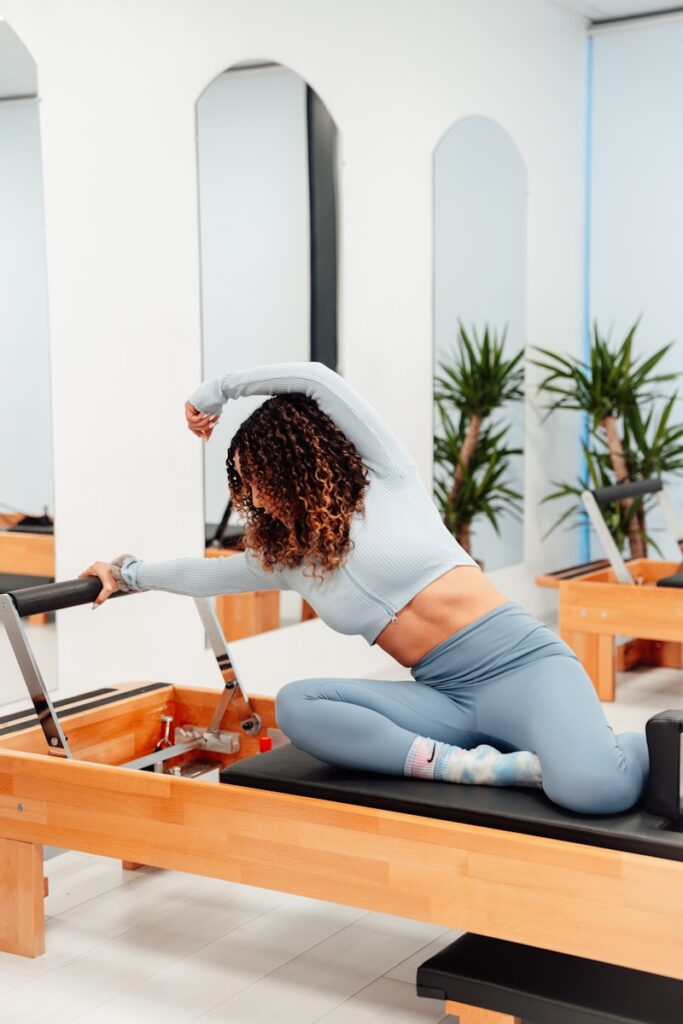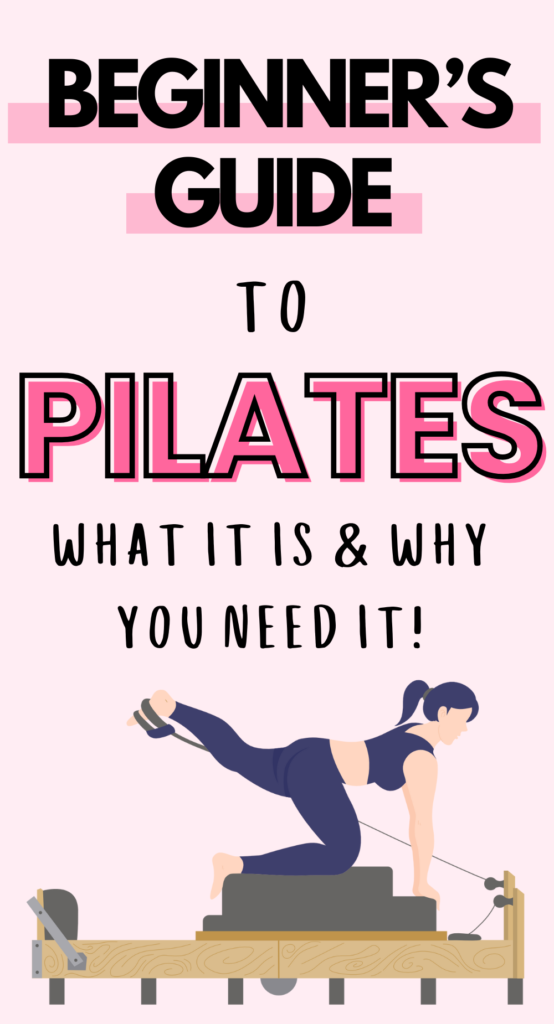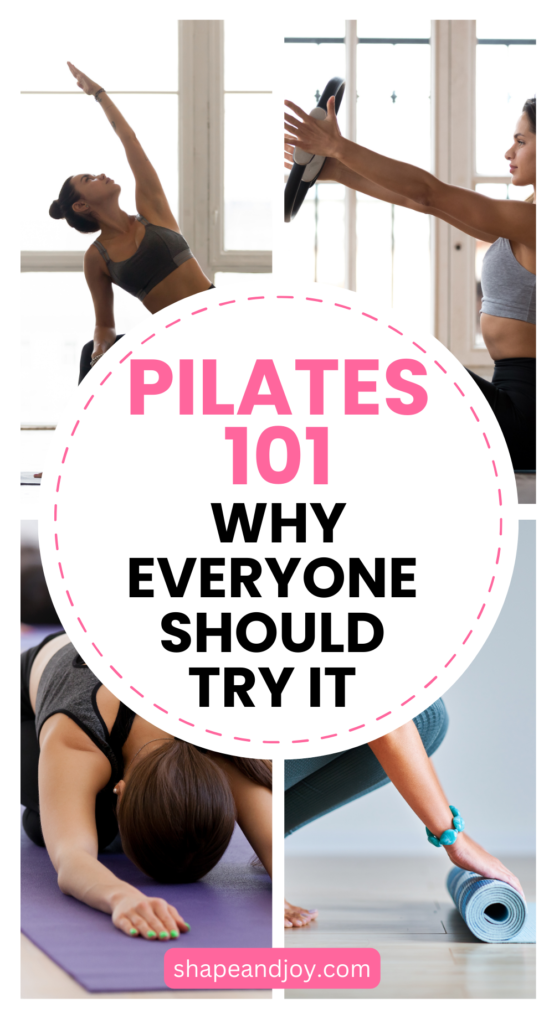Pilates vs Yoga: Which One is Right for You?
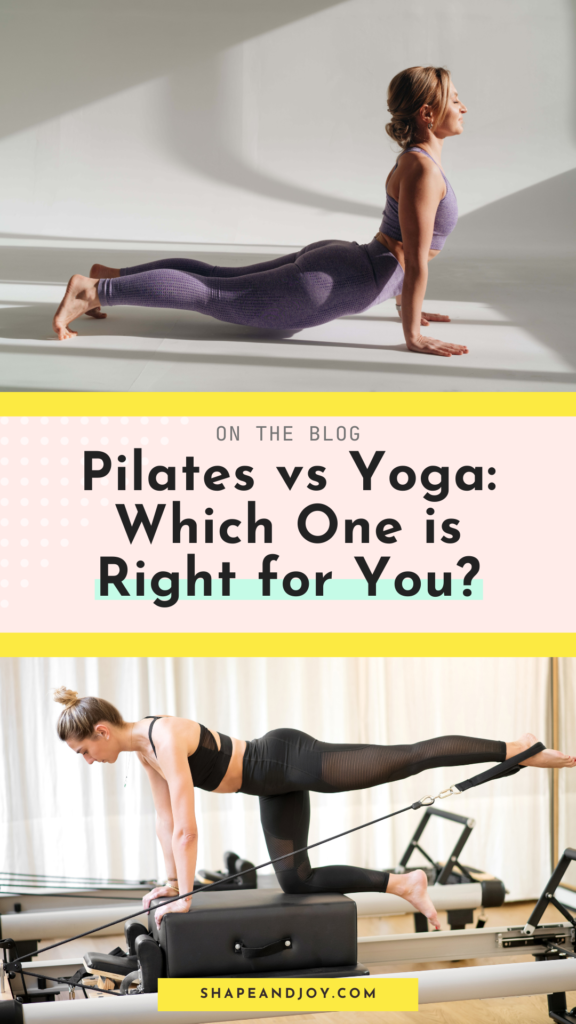
You’ve mastered a few Pilates poses in the previous post (go you!), and now you’re curious about Pilates vs Yoga. Both boast incredible benefits, and they’ve both got their die-hard fans. But which one is best for you?
Whether you’re dreaming of a stronger Pilates body or you want to escape the daily stress with yoga, this post will help you figure it out.
Let’s break down the similarities, differences, and who’s most likely to fall in love with each practice.
Similarities Between Pilates and Yoga
Let’s start with what these two have in common, shall we?
Mind-Body Connection: Both Pilates and yoga emphasise being present in your movements and breathing. They encourage mindfulness, making each session feel like a mini retreat for your brain.
Flexibility and Strength: Both practices will have you bending, stretching, and strengthening muscles you didn’t even know existed. Over time, you’ll notice improved posture, better balance, and a more toned body.
Low-Impact Goodness: If high-impact workouts aren’t your vibe, you’ll love that both are gentle on the joints while delivering results. (Disclaimer: This doesn’t mean it’s easy!)
Key Differences Between Pilates and Yoga
Now, let’s talk about what sets them apart:
Origins
- Yoga: This ancient practice hails from India and combines physical postures (asanas), breathing techniques, and meditation for a holistic mind-body experience.
- Pilates: Developed by Joseph Pilates in the 20th century, this practice was designed to improve physical strength, flexibility, and posture—particularly focusing on the core.
Goals
- Yoga: Think relaxation, stress relief, and spiritual growth (though many enjoy it purely for the physical benefits).
- Pilates: All about building core strength, toning muscles, and improving overall mobility.
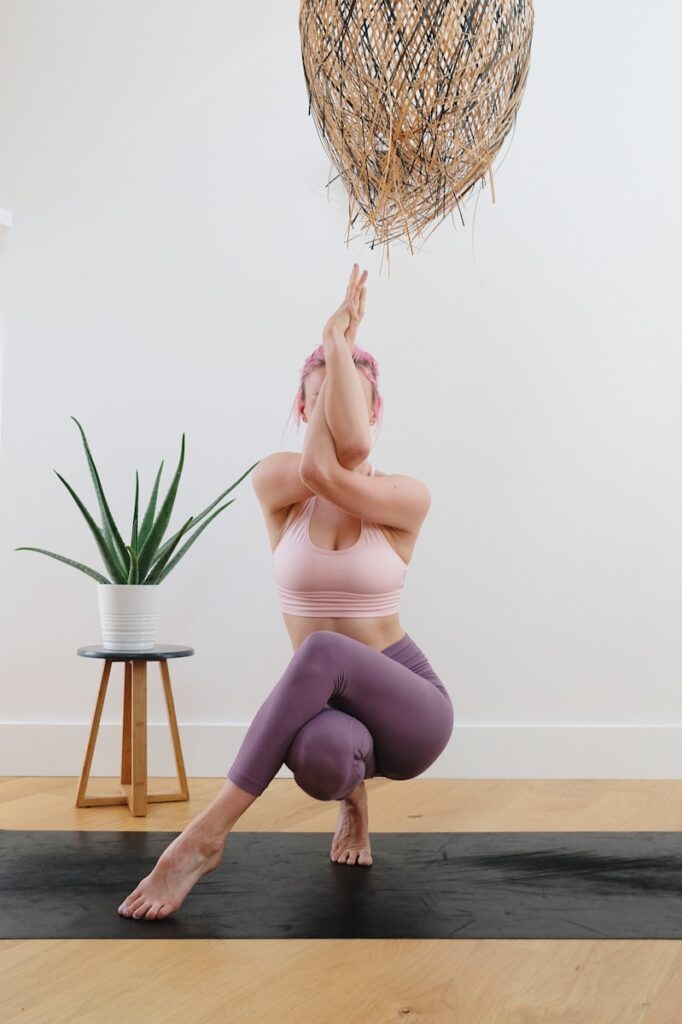
Techniques
- Yoga: Features static poses and flowing sequences, often accompanied by meditative breathing.
- Pilates: Uses controlled movements and props like resistance bands or reformers to strengthen and tone.
Strength vs. Relaxation
- Yoga leans more towards flexibility and relaxation.
- Pilates has a stronger focus on core strength and physical conditioning.
📌 Pin this for later! ⬇
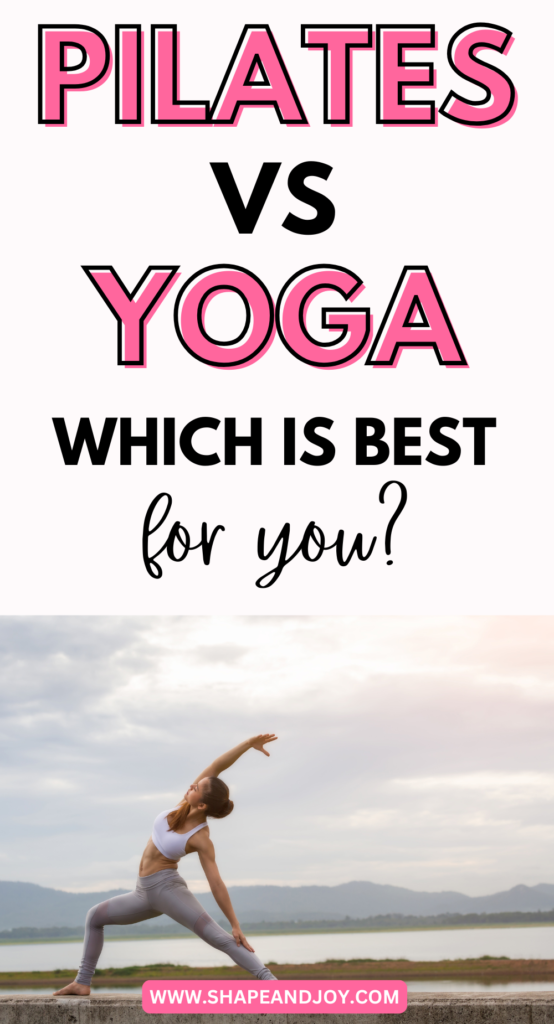
Who Should Try Pilates?
Pilates is perfect if you:
- Want to strengthen your core—Pilates is unbeatable here.
- Are looking for a low-impact workout that tones and conditions.
- Need a practice that supports rehabilitation or improves posture.
- Are drawn to structured, precise movements (and love tracking progress).
Pro Tip: If you’re keen on transforming your workout, look into wall Pilates exercises, Pilates with weights, or beginner-friendly reformer Pilates.
Who Should Try Yoga?
Yoga is a winner if you:
- Need a practice that reduces stress and improves mental clarity.
- Are looking to increase flexibility and balance.
- Want a holistic experience that integrates body, mind, and spirit.
- Enjoy flowing sequences or the meditative vibes of stillness.
Pro Tip: Styles like Hatha yoga are great for beginners, while Wall Yoga can be a fun twist to stretch deeply.
More Pilates Tips & Workouts You’ll Love
Ready to take your Pilates journey to the next level? Check out these must-read posts for beginner-friendly workouts, expert tips, and game-changing Pilates advice to help you build strength, improve flexibility, and stay consistent!
- Ultimate 4-Week Wall Pilates Challenge For Beginner’s
- Pilates 101: The Ultimate Workout to Transform Your Life
- How to Start Pilates at Home: A Beginner’s Guide
- 5 Common Pilates Mistakes Beginners Make (and How to Avoid Them)
- 10 Easy Pilates Poses for Beginners to Master Today
- Pilates vs Yoga: Which One is Right for You?
- How Pilates Transforms Your Core Strength
- 16 Mental Health Benefits of Pilates (That’ll Have You Rolling Out Your Mat ASAP)
- Can Pilates Help You Lose Weight? Here’s What You Need to Know
- The Ultimate Pilates Kit: 17 Must-Have Products to Take Your Workouts to the Next Level
Conclusion
So, Pilates vs Yoga – which is better? It depends on what you need!
If you’re after strength, core conditioning, and a low-impact challenge, Pilates is calling your name. But if flexibility, relaxation, and stress relief are your goals, yoga is your best friend.
Or, better yet, mix and match—both complement each other beautifully.
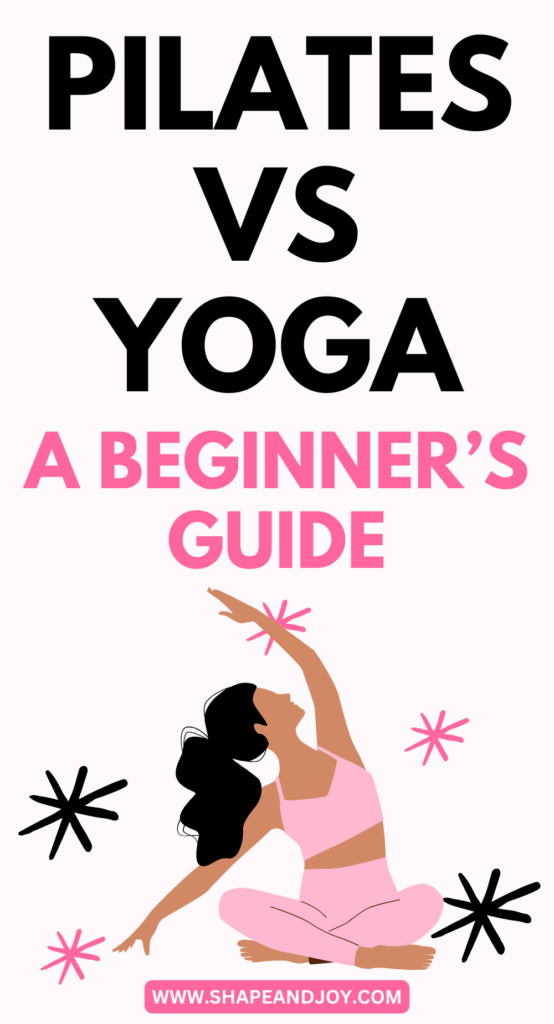
Studies
Pilates vs yoga: While both enhance flexibility and core strength, Pilates places a stronger emphasis on controlled movement and muscle toning, whereas yoga incorporates relaxation and stress reduction through mindfulness and breath work (Sorosky et al., 2007).
Pilates improves flexibility, strength, and postural balance, making it ideal for rehabilitation and fitness programs (Parikh & Arora, 2016).
Yoga offers superior benefits for reducing stress and improving mental clarity through breath control and meditative postures (Sharma, 2015).
Pilates is highly effective in increasing flexibility, strength, and muscle endurance, which supports better athletic performance and injury prevention (Poletto & Toigo, 2017).
Pilates and yoga both serve as excellent low-impact exercises, helping with stress reduction, posture improvement, and physical conditioning (Lademann & Lademann, 2019).

